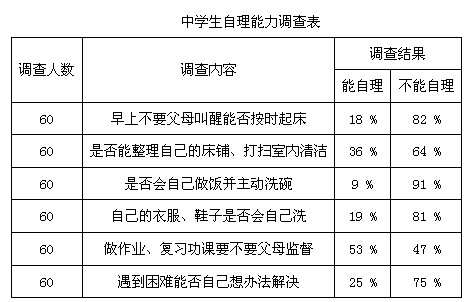【材料一】2001年我国各种经济成分比例

【材料二】我国国民经济和社会发展状况
运用所学知识,回答下列问题。
(1)材料一体现了我国的基本经济制度是什么?
________________________________________________________________________________
(2)它是由什么决定的?为什么?
________________________________________________________________________________
(3)请你简要分析材料一和材料二之间的内在联系。
________________________________________________________________________________
(1)公有制为主体、多种所有制经济共同发展,是我国社会主义初级阶段的一项基本经济制度。
(2)它的确立,是由我国社会主义性质和初级阶段国情决定的。我国是社会主义国家,必须坚持公有制作为社会主义经济制度的基础,同时,我国处在社会主义初级阶段,需要在公有制为主体的条件下发展多种所有制经济。
(3)公有制为主体、多种所有制经 济共同发展的基本经济制度是一项充满生机和活力的经济制度。坚持公有制为主体,促进非公有制经济发展,统一于社会主义现代化建设进程中,不能把这两者对立起来。各种所有制经济完全可以在市场竞争中发挥各自的优势,相互促进,共同发展。
济共同发展的基本经济制度是一项充满生机和活力的经济制度。坚持公有制为主体,促进非公有制经济发展,统一于社会主义现代化建设进程中,不能把这两者对立起来。各种所有制经济完全可以在市场竞争中发挥各自的优势,相互促进,共同发展。

